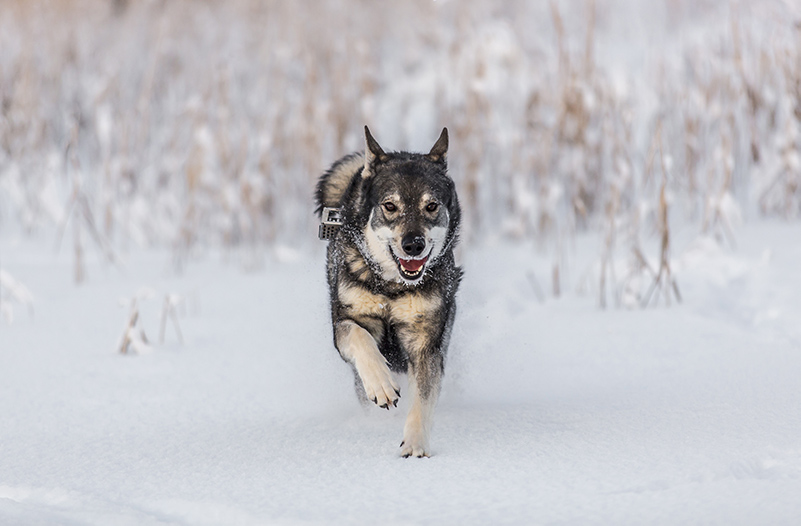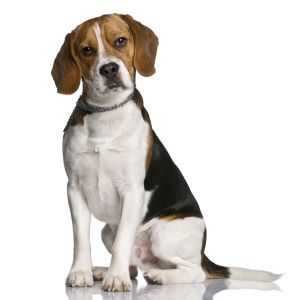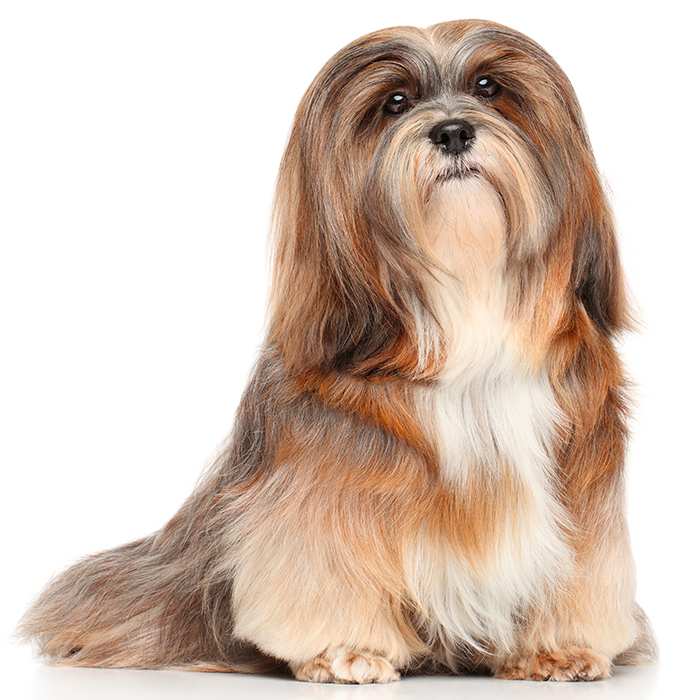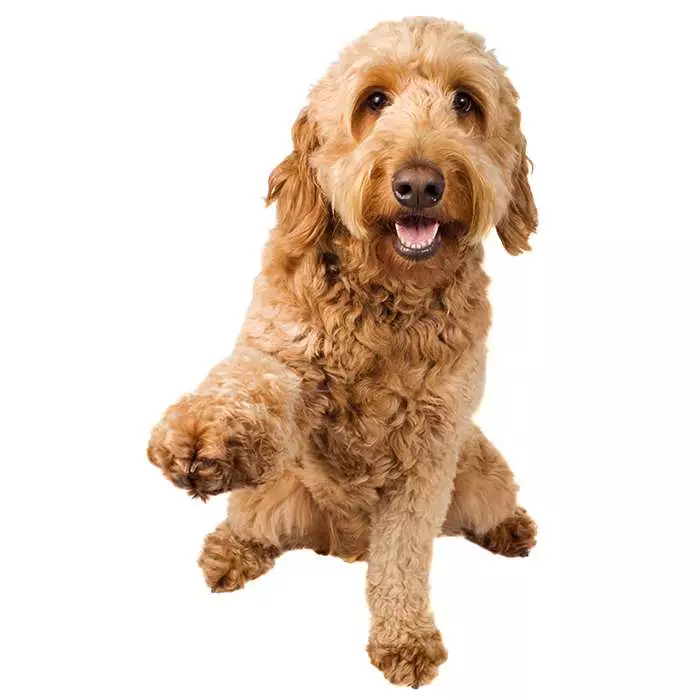Elkhound
Friendly, bold, energetic
This breed has a low probability of having health issues in its lifetime, hence it is one of the more affordable breeds to insure.
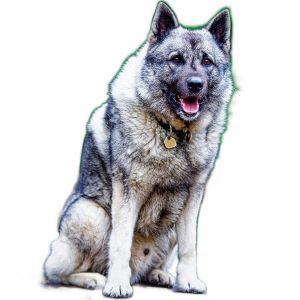
Is this breed right for you?
Try our breed selector quiz to find out your best matching breed!
Insuring a Elkhound?
Get our award-winning Nose-to-Tail Cover with up to $30k annual benefit limit, up to 90% of eligible vet bills back, and no sub-limits.
Get a quick quoteBreed Overview
The Norwegian Elkhound is a medium size hunting dog with a typical spitz-like appearance. His hardy and muscular body is designed for endurance and agility rather than speed. A specialised hunter of giant elk, or moose, and other large game such as wolves and bears, he is classified as a hound because of his exceptional ability to follow the scent of these magnificent and dangerous creatures. His job requires tremendous stamina to track for long hours, in all weather, over rough and varied terrain, as well as great courage and dexterity to hold his prey at bay by barking loudly, jumping in and out and dodging attack until the hunters arrive.
With a short body, substantial bone, deep chest and broad head, the Elkhound reaches a weight of 20 to 23 kg and a height of 49 to 52 cm at the shoulder. His pricked ears, dark brown eyes and tail tightly curled over his back impart an alert and intelligent appearance. He is characterised by a lush silver-grey coat and a dignified but friendly demeanour.
The Elkhound’s distinctive double coat is thick and smooth lying, protecting him from the freezing northern climate. Grey of various shades, the straight, coarse outer coat is black tipped over parts of his back and sides and lighter on his chest, stomach and legs; the dense woolly undercoat is pure pale grey. His ears and foreface are dark, and he usually has a dark line running from eye to ear.
Scrupulous housekeepers beware – the double coat needs brushing at least twice a week, and daily during main shedding season. The undercoat sheds profusely twice a year, usually at six-month intervals, during which there will be balls of silver hair rolling around the house like tumbleweed! On the plus side, the coat easily sheds most foreign substances and Elkhounds seem by instinct to keep themselves clean. As a bonus, a most unusual characteristic of the breed is the absence of “doggy odour”!
Because the Elkhound was developed to hunt all day under gruelling conditions, he is very energetic and needs consistent, strenuous exercise in order to feel contented as a house pet. A minimum of two thirty-minute sessions or a solid hour per day of activities, such as a brisk jog, a very long walk, a swim or an invigorating play session, will usually do the trick. His favourite activities include running alongside a bike or going for a long run in the woods; preferably in a cold climate. Dog sports like agility, rally, sledding and herding trials are also good outlets for his natural athleticism and eagerness. Because of his strong hunting and roaming instincts and independent nature, he should not be allowed off-lead while out and about. A home with a large, well-fenced yard is a necessity, given his excessive activity requirements.
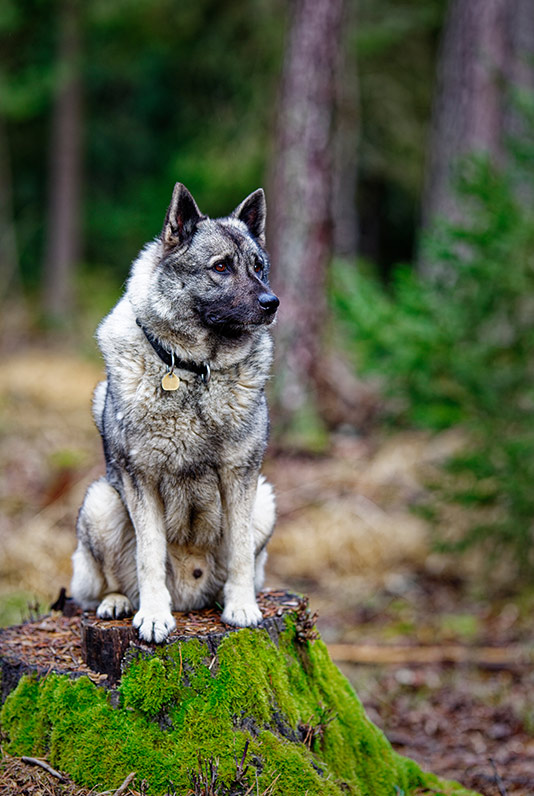
Personality and Temperament
Norwegian Elkhounds are loving, good-natured, friendly and playful. Loyal to their “pack”, they have an inseparable bond with their masters and can make excellent family dogs. Dependable and affectionate with their family members, they can be good child companions, although they can be boisterous, and like all dogs, should be supervised around young children. As people-loving dogs, Elkhounds want to be with their family and need to live in the house. They will be very unhappy if relegated to the backyard with little or no human companionship; left to their own devices, they can be prone to problematic behaviours.
While the Elkhound will always greet family and friends with enthusiasm, his behaviour towards strangers may vary, ranging from friendly to slightly reserved, although once introduced properly, he tends to be welcoming. Despite his friendliness, his bear-like look, sharp, loud bark, and large white teeth should discourage most unwanted visitors. He can be protective, even possessive, of his human family and his property, making him a commendable guardian and watchdog.
Because he was bred to track large and dangerous prey, and then keep the animal in place by barking at him until the hunter arrives, he is bold and fearless but not aggressive by nature, and he can be relied upon not to attack without extreme provocation. Despite this, he should not be trusted alone with small non-canine pets, such as mice, rats and hamsters, although he can get along with cats of the family. He is happy with dogs in his “pack” but may quarrel with unfamiliar dogs.
Like many Arctic dogs, the Elkhound has a mind of his own and is alert, headstrong and independent. This can lead to difficulties in training him, as he does not tend towards unquestioning obedience. Being highly intelligent, he is a fast learner, but he also quickly becomes bored of repetition, so training sessions need to be kept short and fun. Fortunately, as far as simple house manners go, he is very clean and responds quickly to correctly managed house-training.
The Elkhound’s owner needs to provide ongoing training using firm, but gentle, discipline that demonstrates good pack leadership. Positive reinforcement techniques such as praise and food rewards will elicit a much better response from this breed than punishment. He tends to be a puller, so he particularly needs to be taught to ‘heel’ and not to pull on the lead, but rather to walk beside or behind his master, to reinforce that the human, rather than the dog, is the pack leader. Also, he is by nature a barker, and he needs to learn not to bark excessively or unnecessarily, or he will drive his family and the neighbours crazy.
Common Elkhound Diseases & Conditions
Symptoms, diagnosis and treatment
- Collie Eye Anomaly: Originally discovered in the Collie breed, collie eye anomaly is an abnormality of the eyes that can also affect other dog breeds. It is an inherited, congenital condition resulting from a mutation of the chromosomes that determine the development of the eyes (it always occurs in both eyes). This condition impairs vision and can result in other eye abnormalities such as a detached retina, optic nerve abnormalities and a loss of retinal cells, which can lead to blindness.
- MDR1 Sensitivity: Many herding dogs are sensitive to certain drugs, such as anti-parasitic medicines and antibiotics. Because of a genetic mutation, certain drugs are not correctly metabolised in affected dogs, which can lead to neurological issues. MDR1 is a sensitivity to Ivermectin, a common anti-parasite medication. If this condition is present, the administration of Ivemectin could make the dog very sick.
- Epilepsy: Abnormal bursts of electrical activity in the brain can cause in seizures in some dogs. When a dog has repeated seizures, and no other underlying cause is found, they are said to suffer from epilepsy. An affected dog may not require medication to manage the condition if they only suffer with mild epilepsy, but some animals will need daily medication to reduce the frequency and severity of the seizures.
- Bloat: Deep-chested breeds have a tendency towards developing bloat. The word ‘bloat’ refers to the build-up of gas, fluid or food in the stomach causing a visible expansion of the dog’s abdomen. The bloated stomach puts pressure on the other organs, which can cause life-threatening problems, such as lack of blood flow to the heart and stomach lining. The condition is therefore a medical emergency.
Not all conditions are covered by Pet Insurance. For details of Bow Wow Meow Pet Insurance cover, refer to the Product Disclosure Statement.
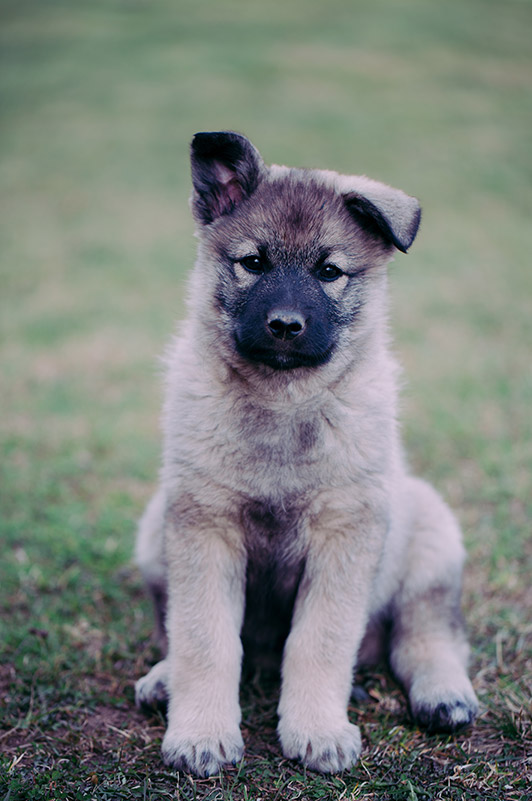
History
The Norwegian Elkhound is among Europe’s oldest dogs, surviving more than six thousand years in a land of subzero temperatures, deep snow, thick forests and rugged mountains. In such hostile conditions, only the hardiest of breeds could evolve to perform the variety of outdoor jobs at which the Elkhound excels, serving as watchdog, guardian of flocks and tracker of big game.
The Elkhound’s earliest association with man dates all the way back to the Stone Age, when humans were living in caves and hunting with primitive weapons. In the famous Viste Cave at Jaeren in western Norway, archaeological investigations uncovered a number of stone implements and bones dating from 5000 to 4000 BC. Included were four skeletons of dogs, two of which were identified by Professor Brinchmann of the Bergen Museum as of definite Elkhound type.
The breed looms large in Norse history, legend and art. Known as the “Dog of the Vikings”, Elkhound remains have been found alongside his master’s, along with the Viking’s sword and shield – proof of the esteem in which he was held. He sailed with the Vikings on their ships and worked as a hunting and guard dog. As a hunter, he tracked quarry and alerted his master by barking, holding his prey at bay until the trailing huntsman arrived. In Medieval times, he was known as a “dyrehund”, meaning “animal-dog”, because if his ability to hunt any type of animal.
Although the Elkhound had been carefully bred for centuries, pedigrees have only been kept only since the late 1800s. In 1877 the Norwegian Hunters Association held its first dog show, which marked the beginning of interest in the Elkhound as a show dog. Records of pedigrees and stud books were established, a standard formulated, and an increasing number of experienced breeders in Norway focused their attention on the breed.
The Elkhound has been exhibited in Scandinavian dog shows since that time but was rarely seen or bred outside of Norway until interest in the breed spread to England, where it made its appearance in the early 19th century, and the British Elkhound Society was formed in 1923.
The American public’s attention to the breed was ignited when President Herbert Hoover was given an Elkhound as a gift from Norway in appreciation for his help during World War I. The Norwegian Elkhound Association of America was informally created in around 1930 and the American Kennel Club recognised the breed in 1931, with the Elkhound gaining moderate popularity in that country. It currently ranks 97th of 197 breeds on the AKC Breed Popularity list.
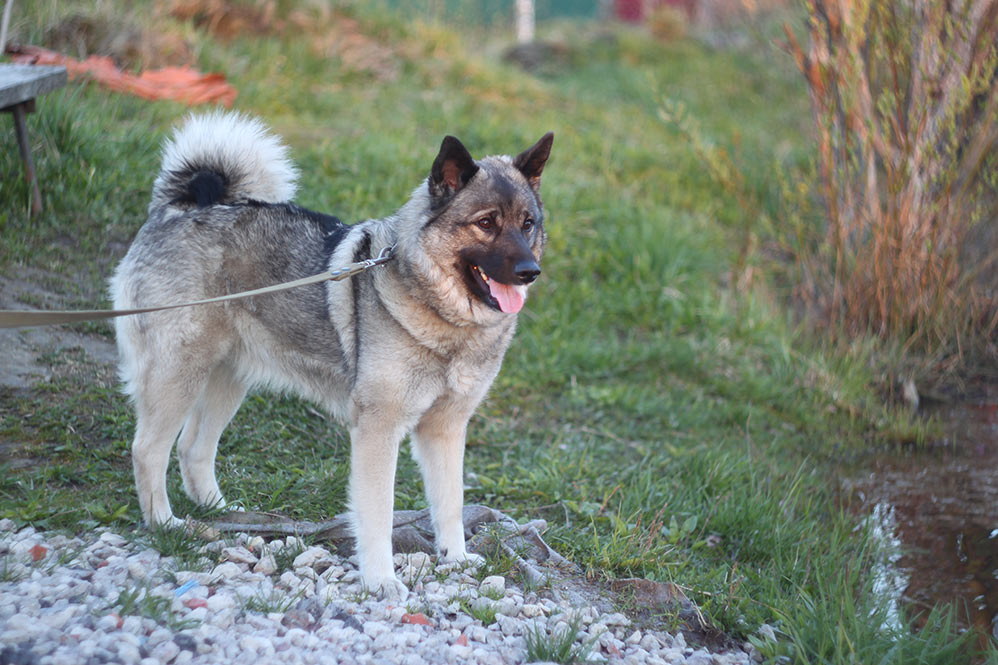
Elkhound Facts!
- The Elkhound is the National Dog of Norway.
- The AKC breed name “Norwegian Elkhound” is a direct translation of the Norwegian “Norsk elghund”. In Norwegian, “elg” means “moose / elk” and “hund” means “dog.”
- In a Norwegian tale from the 12th century, an Elkhound was named king in the land of Throndhjem.
- President Herbert Hoover’s elkhound was called “Weegie”.
- In event of war, the Norwegian Defence Minister has the power to mobilise all privately owned Elkhounds.
- There is also a Black Norwegian Elkhound that is recognised as a separate breed but is almost identical apart from its colour.
Free engraved pet ID tag on sign up3
Customer Satisfaction
21 day cooling off
Easy to use Pet Portal

GapOnly® in vet claims
FURTHER INFORMATION
American Kennel Club – https://www.akc.org/dog-breeds/norwegian-elkhound/
Norwegian Elkhound Association of America – https://neaa.net/about-elkhounds/

